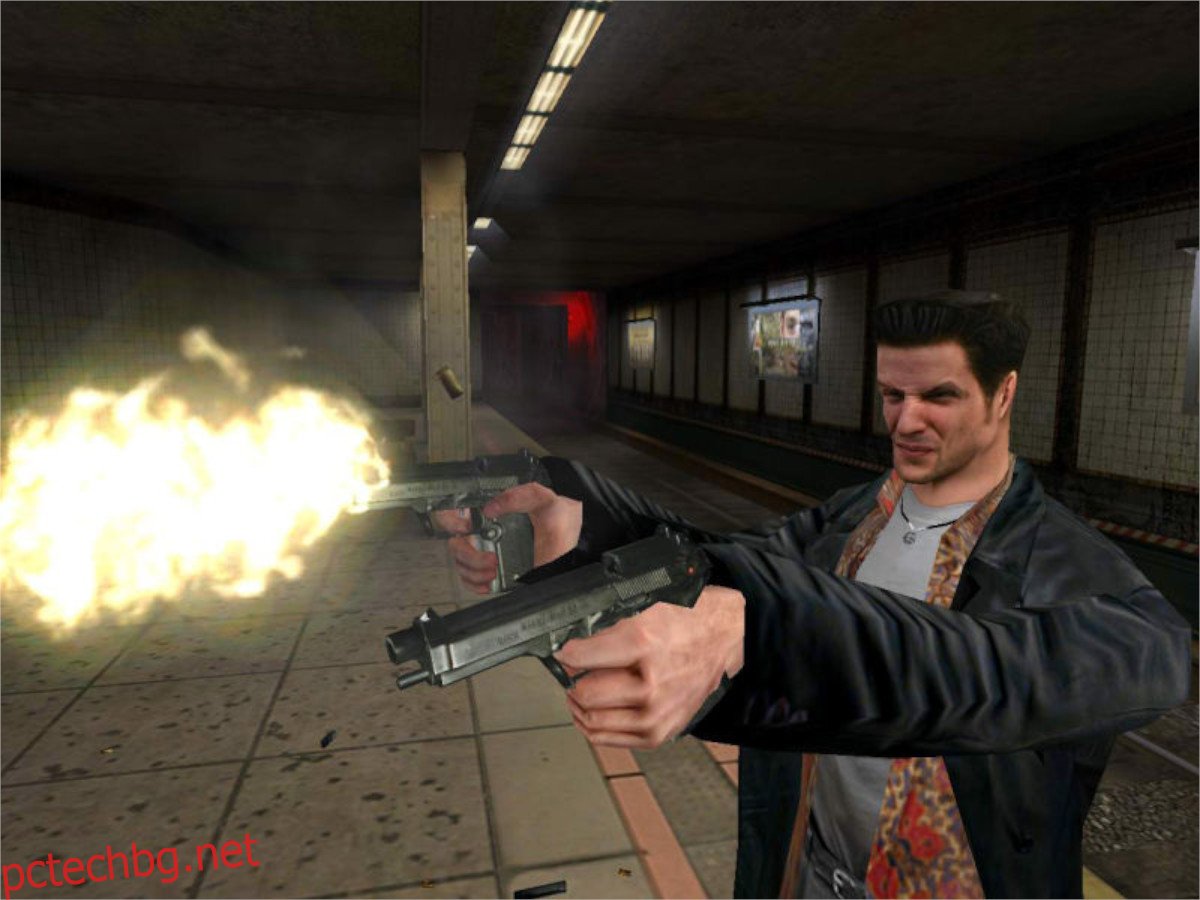

This gets annoying pretty quickly and really drops a wet blanket on the proceedings. This happens quite a lot over the course of the game, and it makes the basic strategy for success one of diving the second you enter a room and busting off some random shots in all directions, hoping you can hit what you can't even see. The most crippling problem is that you'll often get shot-immediately upon entering a room-by enemies who aren't even onscreen.
#Max payne 4 confirmed Pc
While Max Payne is a pretty faithful conversion of the PC original, it isn't entirely without problems. Bullet time and constant diving are essential tactics in Max Payne, as your enemies don't miss very often when you're standing up. Your use of bullet time is governed by an onscreen hourglass that drains as you use it, but each time you kill someone the meter gets a little more juice. It's best used in conjunction with a "shootdodge," which is a John Woo-like dive that lets you avoid enemy fire while dishing out some hot lead for your foes. It's essentially slow motion, though you can move around a bit faster than your enemies when things slow down.

But your biggest, most useful weapon against NYC's scumbags is a little feature known as bullet time.īullet time is a reflex-enhanced state that Max can enter at will. You'll start with a pistol, but you'll work your way up to a Desert Eagle, submachine guns, an assault rifle, a pair of shotguns, Molotov cocktails, and grenades. To eliminate your enemies, you'll have a pretty good arsenal to work with. The basic gameplay has you simply walking from room to room and blasting anyone who gets in your way. Max Payne is, essentially, a pretty regular third-person isometric shooter. In both cases, the cutscenes that originally surrounded the missing sequences simply move the story along, so you don't really notice any holes where there used to be gameplay. For example, the game skips the intro gameplay sequence, where Max discovers that his family has been slain. The GBA version is even shorter than the original, as a couple of levels have been cut. This helps make up for the game's rather short length. It's well-told and contains a good amount of twists and turns. Either way, Max Payne's story is an interesting one.


The original game also used a lot of voice during the game itself, but this speech has been replaced by onscreen text. There's a lot of dialogue in Max Payne's cutscenes, and the GBA plays it all. The images are subtitled with story text, but they're also spoken.
#Max payne 4 confirmed series
Max Payne's story is told in a comic book-style format that runs through a series of still images. He's still trying to solve the same crime, but with his true identity out in the open and every cop in New York after him, his tactics have changed to "shoot first, ask questions later." What follows is Max's violent trek through the criminal underworld. He's since gone undercover to try to get to the bottom of the city's organized crime problem, but thanks to being at the wrong place at the wrong time, Max's cover is blown, and he's been framed for murder. Max is a New York cop whose wife and baby daughter were brutally murdered by junkies. This is the original Max Payne, not a handheld rendition of the recently released Max Payne 2, so it follows the plot of the original game. Mini-Max is just as tough as his PC counterpart. Unfortunately, this Max Payne serves better as an incredibly neat idea than as a full-fledged game. The same basic action and level structure are intact from the original PC version, but it's all seen from an isometric perspective. And that's precisely what Mobius and Rockstar have done with Max Payne for the GBA. All it really did was present the same action from a different perspective.
#Max payne 4 confirmed pro
Games like Tony Hawk's Pro Skater 2 for the GBA showed that it's possible to keep the same basic gameplay and level design intact. More often than not, Game Boy Advance games with a console or computer counterpart bear little or no resemblance to the other versions of the game. When video and computer games make their ways to handheld platforms, it's hardly a surprise that drastic changes have to be made.


 0 kommentar(er)
0 kommentar(er)
